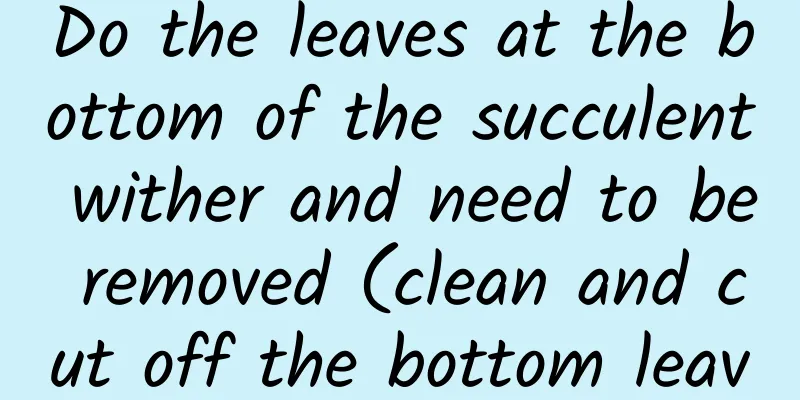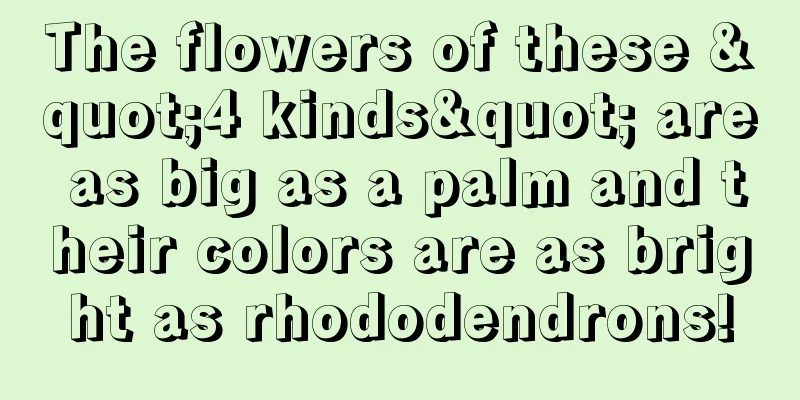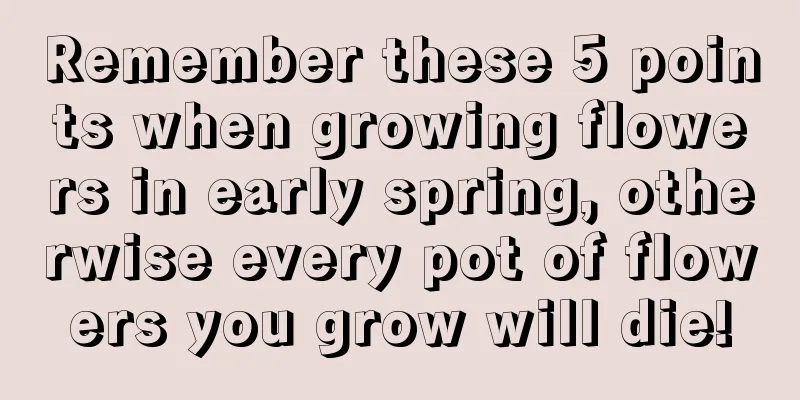What soil is best for growing mint?

1. Garden soilOrdinary garden soil is generally the surface soil from vegetable gardens, orchards or parks. It is the most common type of cultivation soil and is slightly acidic. It has a relatively strong ability to retain water and fertilizer, but its air permeability is relatively poor. Since mint has strong survival ability and can survive in most soils, using garden soil with stronger fertility can help it bloom faster. 2. SandUse about 1/3 of sand and mix it with the soil to make sandy soil. It can effectively drain water and retain fertilizer, is suitable for mint growth, and can provide the necessary nutrients. 3. Mixed soilMix 1/3 humus soil and 2/3 garden soil to form a relatively loose soil with good water and fertilizer retention properties. Using this kind of soil can prevent the soil from becoming compacted after excessive watering, which can cause plant root rot, leaf loss, or yellowing. 4. NotesMint is easy to survive and will grow well as long as the soil is not too sticky. If you find that the soil is too heavy during the planting process, you can add some sandy soil to facilitate drainage. |
>>: How to divide mint into pots
Recommend
What to do if the leaves of white palm wilt
1. Adjust the temperature Anthurium requires rela...
My grandma's roses, after eating a pound of pork filling, burst into flower buds in minutes!
Feed the rose with a fish and the bamboo shoots w...
How to grow a carnation bouquet
1. Bouquet Processing 1. First, buy a vase, prefe...
How to care for red sandalwood in winter
Is small-leaf red sandalwood afraid of cold? The ...
Cultivation methods and precautions of weeping jasmine
Weeping jasmine is very easy to grow. It has a re...
Time and method of changing the soil of Murraya odora
Time to change the soil of Murraya paniculata Gen...
What are the advantages and disadvantages of watering flowers with rice water? How to use rice water correctly
Benefits of using rice water to water flowers Ric...
The Flower Language and Legend of Elderberry
Flower language of elderberry The flower language...
Is Schefflera a fortune tree?
1. Is it Schefflera arborvitae is not a money tre...
Cultivation methods and precautions of Mongolian yew
Before germination Because their seeds are very s...
When do lilacs bloom?
Flowering period The flowering time of lilac vari...
A complete list of causes of flower diseases!
environment Changes in climate, air humidity, ven...
Technology and management methods of sheep breeding
Sheep farming is one of the important animal husb...
This kind of "seasoning", throw a handful into the soil, it will grow into a potted plant in March, and it will still taste delicious
The seeds of this thing exist in the kitchen. The...
Cost and profit analysis of mushroom cultivation
Shiitake mushrooms are a very common edible fungu...









